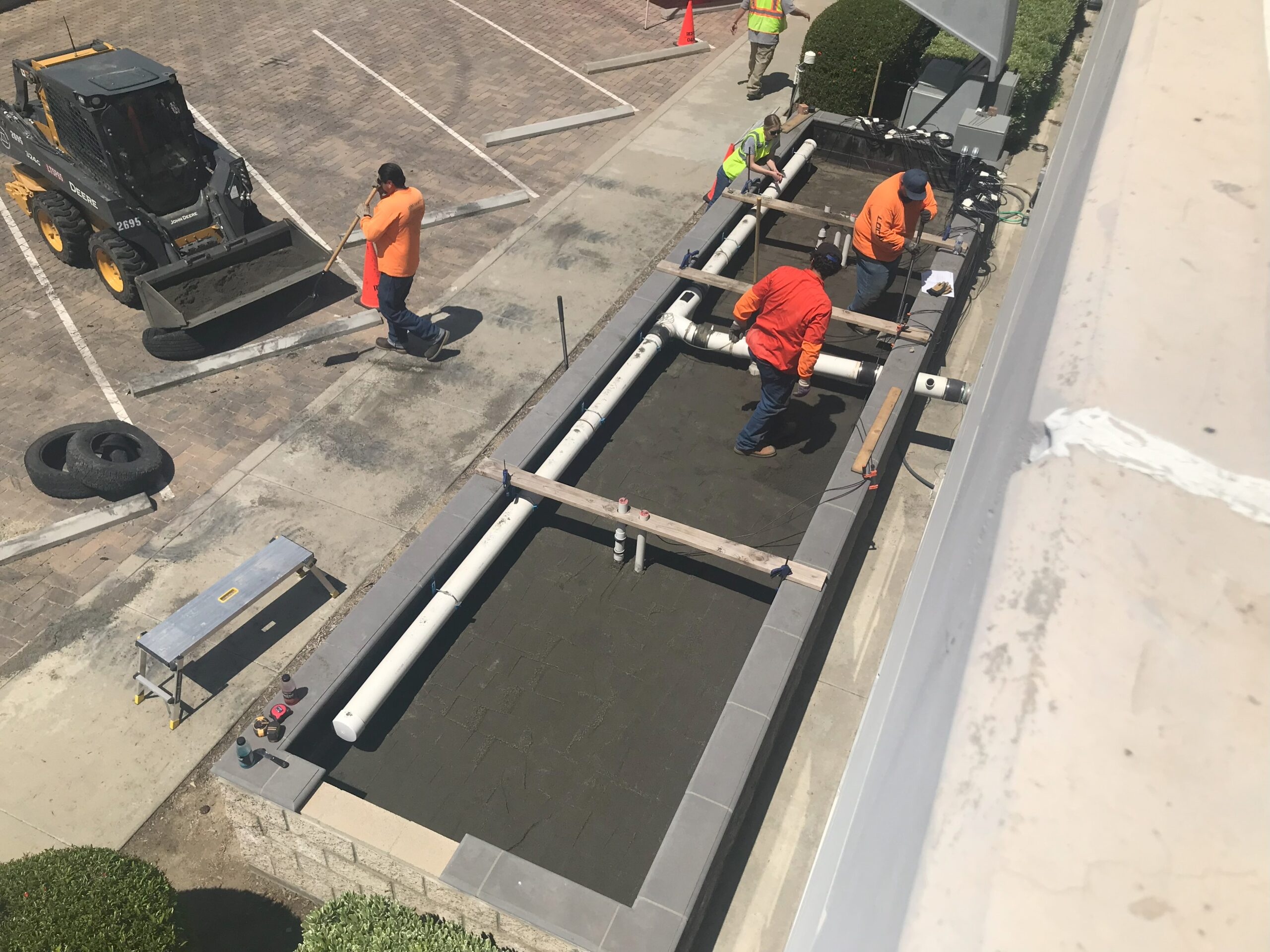The SMC will investigate the extent to which structural stormwater BMPs across southern California can capture microplastic contamination in runoff as part of a two-year study leveraging the SMC’s new Regional BMP Monitoring Network.
The microplastics investigation, launched in fall 2023, represents a significant expansion of the SMC’s regional monitoring program for BMPs, which was originally developed to evaluate BMPs’ effectiveness at removing nutrients, heavy metals, sediments and fecal contamination in runoff, as well as evaluate how maintenance influences BMP functioning.
After just one year of collecting BMP performance data, the SMC monitoring network is being used to study a priority contaminant of emerging concern, underscoring the confidence that the microplastics project’s funders – the California Ocean Protection Council and California Sea Grant – have in the ability of the SMC’s network to collect high-quality microplastics data.

The leveraged effort also enables nearly 100% of project funding to go toward collecting and analyzing BMP microplastics data, as the SMC already has invested in setting up and managing the network of BMP monitoring sites.
Microplastics pollution has emerged in recent years as a management priority for California, with extensive resources being invested into understand where it’s coming from, how it’s affecting aquatic life and humans, and how managers can effectively curb and combat its spread in aquatic systems.
During the 2023-2024 wet-weather season, researchers are planning to study microplastics capture efficacy at up to six bioretention and biofiltration BMP sites that are part of the SMC’s monitoring network. Researchers also will investigate how specific characteristics of different types of engineered media influence the removal of microplastics from runoff.
The study is being performed collaboratively by California State University, Long Beach; California State University, Los Angeles; and the Southern California Coastal Water Research Project (SCCWRP). SCCWRP has been leading the SMC in building its Regional BMP Monitoring Network over the past few years.
SMC member agencies are expected to play a direct role in supporting the microplastics project, taking responsibility for collecting and filtering runoff samples in the field in preparation for microplastics analysis.
During the SMC’s pilot BMP monitoring season in 2022-2023, SMC member agencies set up and collected water-quality monitoring data at six BMPs across four locations in southern California; the number of monitoring sites is expected to approximately double during the 2023-2024 monitoring season.
For more information, contact Dr. Elizabeth Fassman-Beck with the Southern California Coastal Water Research Project (SCCWRP).
Dive deeper
- Why managers want to know if BMPs can remove microplastics
- Announcement about decision to fund the microplastics BMP removal study (External link)
- SMC Regional BMP Monitoring Network Work Plan (PDF)
- SMC Regional BMP Monitoring Network begins Year 2 of monitoring BMP performance
- How stormwater managers are using calculator tools to streamline analysis of BMP performance data
SMC Winter 2024 Newsletter
Volume 4, Issue 2
This newsletter is published three times a year by the Southern California Stormwater Monitoring Coalition (SMC). To subscribe to this newsletter, contact [email protected].
